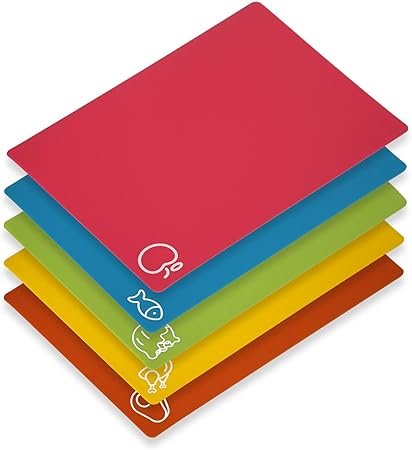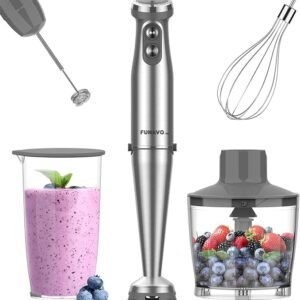Description
Why Choose Flexible and BPA-Free Flexible Cutting Boards for Your Kitchen
Flexible and BPA-free cutting boards have become increasingly popular in modern kitchens, and for good reasons. Their versatility, convenience, and health benefits make them an ideal choice for a wide range of kitchen tasks. Flexible cutting boards are renowned for their ease of use. Their pliable nature allows them to be effortlessly manipulated, making it simple to transfer chopped ingredients directly from the board into pots, pans, or bowls, minimizing mess and ensuring more efficient workflow in the kitchen. Additionally, their flexibility means they can be easily rolled or folded for compact storage, an advantage over rigid boards that often occupy more space.
Another significant advantage of flexible cutting boards is their versatility. These boards can handle a variety of cutting tasks, from slicing vegetables to trimming meats, without the risk of dulling knives. Many flexible boards also come in sets of various colors, which can be used to prevent cross-contamination by dedicating each board to different types of food such as raw meat, vegetables, and cooked items. This color-coded system enhances food safety practices in any kitchen setup.
When it comes to health and safety, BPA-free cutting boards stand out. Bisphenol-A (BPA) is a chemical found in certain plastics, which has been linked to various health issues when it leaches into food. BPA-free cutting boards eliminate this risk, ensuring that harmful chemicals do not contaminate your food during preparation. Choosing BPA-free materials aligns with a greater understanding of food safety and a growing consumer demand for non-toxic kitchenware.
Comparatively, traditional wooden cutting boards, while durable and often aesthetically pleasing, require more rigorous maintenance to ensure hygiene. They must be regularly oiled to prevent cracking and can harbor bacteria in the grain if not cleaned properly. In contrast, flexible cutting boards are easier to sanitize and less prone to bacterial retention, as they are typically non-porous.
Ultimately, flexible and BPA-free cutting boards offer a modern solution that balances convenience, versatility, and health considerations, providing an invaluable tool for the contemporary kitchen.
Non-Slip Cutting Mats: Essential for Safe and Efficient Meal Prep
In a well-equipped kitchen, ensuring safety and efficiency are paramount. Non-slip cutting mats have emerged as a vital tool to achieve these objectives. One of the most significant advantages of non-slip cutting mats is their ability to prevent accidents. Traditional cutting boards, whether made of wood or plastic, can slide unexpectedly during cutting. This movement not only interrupts meal prep but also poses a high risk of injury. Non-slip cutting mats come equipped with textured surfaces and rubberized edges that provide a secure grip on various kitchen surfaces, thereby enhancing stability.
Non-slip cutting mats are particularly beneficial when dealing with tasks that require precision, such as chopping vegetables or cutting meat. The consistent stability ensures that the knife remains accurately aligned with the food, reducing the chances of slippage and subsequent injuries. The design elements of these mats, like the rubberized edges and textured surfaces, are specifically engineered to withstand various forces during cutting tasks, providing a balanced and secure platform.
Besides safety, the practicality of non-slip cutting mats is another notable feature. These mats are often lighter and more flexible than their wooden or plastic counterparts, allowing them to be easily stored or even rolled up. Their material composition usually makes them dishwasher-safe, offering an effortless cleaning process compared to traditional cutting boards that might require more extensive care. The non-porous nature of many non-slip mats also ensures resistance to bacteria, making them a hygienic choice for food preparation.
When comparing non-slip cutting mats to other types of cutting boards, the unique benefits become apparent. Wooden cutting boards, while aesthetically pleasing and durable, can be cumbersome and prone to movement without non-slip skirts or similar additions. Plastic boards, though lightweight and easy to clean, often lack the textured surface and grip features inherent to non-slip mats. Therefore, the strategic design of non-slip cutting mats offers an optimal combination of safety, ease of use, and practicality that other cutting boards may not match.





Reviews
There are no reviews yet.